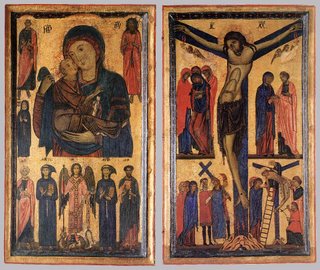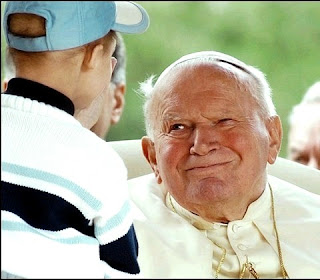Knights of Columbus Film Review
May 18, 2012
May 18, 2012
For Greater Glory tells the story of the persecution of Catholics in Mexico during the 1920s, including the death of Father José María Robles Hurtado.
When the Mexican government of Plutarco Elías Calles began persecuting the Catholic Church in the 1920s, priests were not immune. In fact, they became targets of the regime.
One of the hundreds of priests killed during that time for simply carrying out his priestly ministry was Father José María Robles Hurtado. His martyrdom in 1927 at the hands of Mexican troops is depicted in the film For Greater Glory, which opens in the United States June 1.
The film sets the story of his martyrdom in the broader context of the persecution of the Church in Mexico at that time. . . .
“For many years, this period of history has been all but forgotten on both sides of the border,” said Supreme Knight Carl A. Anderson. “This year, with the release of For Greater Glory, the story of the struggle for religious freedom in Mexico will begin to be told. With religious freedom now an important issue of discussion here in the United States, every American who values faith and freedom should see this film. As we watch it, we should rejoice that we live in a country where we settle debates over religious liberty with ballots, not bullets, and in courtrooms rather than on battlefields. Seeing how Catholic Mexico remains today, this film also serves as a timely reminder that — from the earliest days of the Church’s history to the present era — persecution does not stifle the faith, but emboldens it.”













